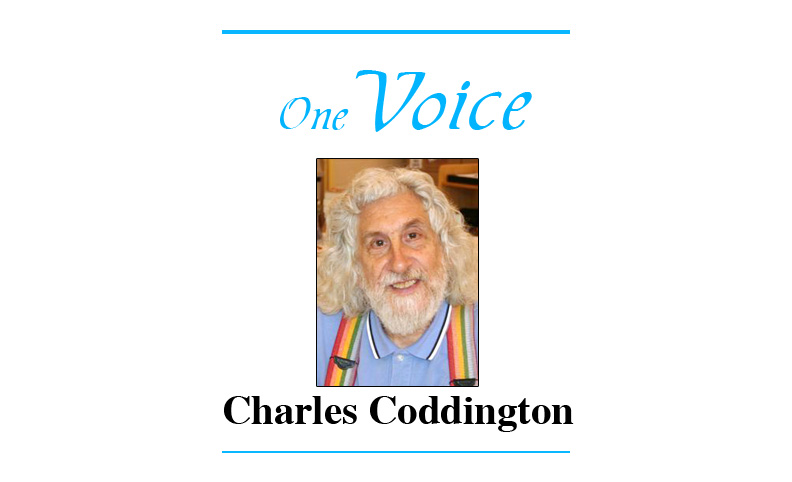
Tear it down!
That seems to be the rallying cry across these United States (or is it these “Untied States”?) in a loud and clear voice against white supremacy. Most of the action is taking place east of the Mississippi River where white supremacy once held sway in the Southeast. But the history of the U.S. west of the Mississippi has not been immune from this social disease, which I shall point out later.
In my last essay, I noted the two blackest marks on our Nation’s otherwise noble contributions to democracy: Negro slavery and Indigenous displacement. The day of judgment has been long overdue, and now we see a new generation of Americans who are seizing the day in the wake of a series of brutal murders of people of color.
And yet, dear reader, one size does not fit all. An aura of controversy surrounds the issue of who should be thrown into the dust bin of history and who should not. As an historian, I say that we should all step back for a moment and weigh the pros and cons lest we make irrevocable mistakes in judgment.
First of all, monuments to those individuals who supported the Confederacy are a no-brainer. They have no place in America any more. Monuments to those individuals who supported white supremacy, either by legislation or court decisions or speechifying, are a no-brainer. They too have no place in America.
Ah, but wait a minute! There are individuals who, although tacitly supported white supremacy, labored mightily in the development of our nation. George Washington, our first president, whose military genius defeated the British and made the United States a free and independent nation and Thomas Jefferson, our third president, whose pen wrote the Declaration of Independence which set the rebels on the path to freedom, are prime examples. Do not these deeds count? None of us is perfect; we are all products of our environment. If the good outweighs the bad, I say give someone the benefit of the doubt.
One president, our seventh, Andrew Jackson, belongs on the other side of the ledger. He was opposed to the right of Native Americans to retain possession of their ancestral lands. Shortly after the close of the War of 1812, he led a military force into north Florida in order to remove the Seminole nation so that land-hungry white settlers could move in. As president, he signed into law the infamous Indian Removal Act of 1830 which was used to force the Cherokee nation off of their lands in favor of white settlers. Away with his monuments!
The crimes against the Indigenous population all across the North American continent are legion. And because The Chas is well-known for writing “far left, socialist, dribble (according to one recent Reader’s Voice writer),” it should come as no surprise that he holds the view that every European-American on this continent lives on stolen land. It all started with Christopher Columbus, whose monuments long have been targeted by Native Americans. In some jurisdictions, October 12, Columbus Day, has been re-named “Indigenous Peoples Day.” Hoo-rah!
The latest monument to be targeted is the sculpture on Mount Rushmore. For the reason stated above, I would have given it a pass. But it has a dark history in that the entire Black Hills region was stolen from the Sioux nation in the 1890s (when gold was discovered there) in violation of the Fort Laramie Treaty of 1868. The U.S. Supreme Court has upheld that treaty.
I hasten to add, as I suggested in an earlier essay, that none of these monuments should be destroyed in a fit of pique. Rather, they should be removed to a special museum in order to serve as a constant reminder of where America went wrong and where it should never go again.
Now, some noisy individuals, led by the president of the United States, have railed against what they call a “left-wing cultural revolution” which is “re-writing history” and “stealing our country.” Because The Chas is well-known for writing “left wing, socialist, dribble,” it should come as no surprise that he totally supports this so-called revolution. Yet he hastens to point out, however, this is not so much a revolution than it is a correction. Yes, American history is being re-written, but the goal is to tell the whole story, the good, the bad, and the ugly, instead of the pabulum we were taught in high school. And yes, American history is being stolen, from the powers-that-be who benefit from the status quo, and being given back to those who were left behind so long ago.
I leave you with Santayana’s famous observation which you will find in the “Focus on History” section in every issue of The Voice. Take it to heart, dear reader.
Just a thought.

